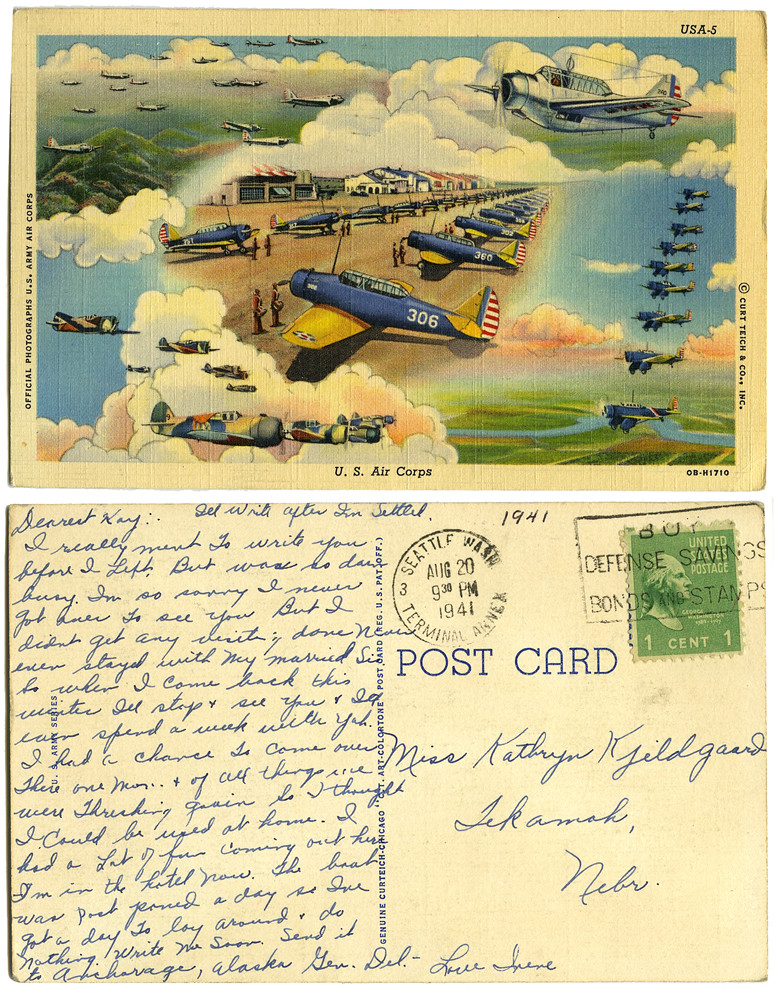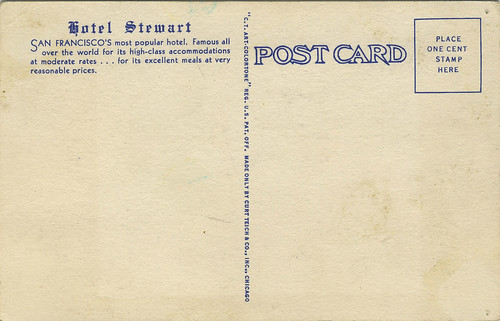The Times-Register, Tuesday, May 31, 1927
Brief Outline of Activities of Local People Who Made Financing of Hotel Bonneville Possible
The Hotel Bonneville, Idaho Falls' outstanding community endeavor, is the result of the desire on the part of a number of the people of Idaho Falls, and community, to have the use of a strictly first class hotel, with adequate accommodations and quality of service which would enable Idaho Falls, as a community, to invite public gatherings and conventions and to be prepared to take care of them in a way and manner, which would reflect credit on the community.
Another object was in view, and that some place in the community where the people might gather for social recreation and business discussions and at the same time be entertained.
The need was felt for an institution in the kind that Idaho Falls and community might keep pace with the growing demands, and as a city, meet the requirements which are expected by the traveling public, and local residents, and local residents when the occasion required.
The idea, once given root, the desire grew and a canvas of the situation developed the fact, that such an institution was not only needed, but was possible. The fact, once determined, the wheels were set in motion with the idea in view that something out of the ordinary, something outstanding, must be done or the effort would not be worth while.
The matter was taken up by the Idaho Falls Chamber of Commerce. Prominent business interests and residents were called into consultation and the idea presented, and while the undertaking loomed large in the imagination, the fact that it has been accomplished proves the fact, that any community, actuated by the proper spirit and ambition, can help and benefit itself.
The fact, once determined upon, ways and means were discussed, and the conclusion reached, that if it was to be done, nothing short of the best would satisfy, and the most expert advice must be sought.
Correspondence was taken up with the Hockenbury System of Pennsylvania, the formost hotel builders in the United States, who have build and have under operation, more than one hundred and twenty-fife outstanding hotels of the nation, all community built. The very fact that it had been done inspired those with the thought in mind that Idaho Falls could do what others had done.
Mr. Lewis D. Barr, western representative of the Hockenbury system, was invited to visit Idaho Falls and make a survey, which was done. Weeks were devoted to this work and nothing was done until those in charge were satisfied in their own mind that the plan was workable and would be successful. The survey developed the fact, that the community could and would support a hotel of a certain type, under proper management. The survey also developed the fact, that the community must not make the mistake that many have in the past, and over-build. The fact being established, that the community needed the hotel, and the sentiment prevailed, generally in the community, that the hotel could be built, the matter was once more in the hands of the executive committee of the Chamber of Commerce.
A contract was entered into with the Hockenbury System and Mr. Barr again came to Idaho Falls and took charge of the campaign. The survey developed the fact, that an eighty-room hotel, built on the most available site and at a cost not to exceed $325,000, was what the community could build, and which was needed and which would pay.
The question of location was the first to be decided, and like all ambitious communities, there was a decided difference of opinion as to the site. When the question of the location was determined upon, after a thorough study and with all available sites studied, the announcement was made that the northwest corner of "C" street and Park avenue, was the most desirable. Objections were made, the most frequent, that the location was "too far away from the business center." The statements and arguments were met with good logic and experience, principal of which was, that if Idaho Falls is to grow the business district must be enlarged and that "C" street was the logical location. How good the prediction was, has been proven by the building program which has resulted as a result of the hotel being placed on the location determined.
The site was occupied by another building, the owners of which held a long time lease. It became the duty of the Chamber of Commerce to buy the ground decided upon, and some difficulties were encountered, but overcome. The owner of the property, Mr. J. L. Milner, was most generous in the offer to the hotel company, and an agreement was entered into with him by the Chamber of Commerce, which in the meantime had secured an option on the lease.
The accomplishment to that point was satisfactory, and the next step was to interest the community in subscribing for the stock, and here again the Hockenbury system proved its ability and efficiency.
Under the direction of Mr. Barr, the Idaho Falls Community Hotel Corporation was organized and the company incorporated, officers elected and the work of the campaign begun. Under the direction of Mr. Barr a number of committees were appointed, men and women, giving freely of their time and ability. The general committee functioned first, and through their efforts were able to secure subscriptions well over one hundred thousand dollars. The progress and course of the campaign was discussed at nightly meetings and dinners, and the situation canvassed. The first meeting, after the committee was organized, showed that $20,000 had been subscribed and from that time on there was never any doubt or hesitancy. As the campaign progressed, an enlarged committee was appointed until the entire personnel totaled some one hundred and thirty-five men and women, each becoming a trained salesman, presenting his or her proposition to those whom it was expected to interest in a clear, concise and business like way. Confidence was established. The belief grew that the community owned hotel was a possibility and those handling the matter became more fixed in their minds and became determination, until, after sex weeds work, the committee reported in stock subscriptions, about $185,000, not enough to couple the structure, but enough to insure its ultimate completion and success. The options on the property, were executed and the location became the property of the corporation.
In the meantime the services of the H. L Stevens Co., of San Francisco, were called upon, as they are recognized as the foremost hotel architects and engineers in the country, and how good was the judgment is best testified to by the completed structure, a credit to them and the community, which made the hotel possible.
The institution, partially financed, the plans accepted, the contracts let, the construction started, the hotel assured the community began to take stock of itself and to realize that their work, so well started, was not as yet half done. Funds were to be had to insure the completion and furnishings. Capable management must be secured in order to insure success, and through the Hockenbury System an agreeable contract was entered into for the management for a period of thirty years with Mr. Geo. Relf, successful manager of the Hotel Utah, of Salt Lake.
Further financing was necessary in order to complete and the members of the executive committee interested the High & Fritchman Co. investment brokers, of Boise, Idaho, in order to finance the building so that it might be completed and equiped. It was necessary to issue bonds to the amount $115,000. The bond selling campaign was taken personal charge of by Mr. Ira High, senior member of the investment company. The Idaho Falls community, already subscribers to the stock in the corporation to the amount of $200,000, bonds to the amount of about another $100,000, leaving but the small balance of $25,000 to be disposed of elsewhere, which was readily done, as the investment was considered good, and the security ample.
Idaho Falls was assured of what it had so long needed. A community hotel, under high class management. The community deserves a great deal of credit for what has been accomplished and the completed structure, equipped on the scale far beyond anything of the kind in any other community of like size in the inter-mountain west, stands as a lasting monument to the foresight, the energy and the determination of the community, which will realize well on its investment in cash dividends and satisfaction of a service well rendered; with the further asset, the community has something of which it is proud, which is its own and above all which has been dedicated to community use.
The entire community is entitled to the credit for the completion of the magnificent structure. The entire community is proud of its achievement. The entire community will contribute toward its support and success.
(SOURCE: My Web)
Well, I was just looking for a bed for the night. As far as I can tell the hotel is no longer in business. Since I can't find an address I can't Google it to see what's standing in its location. Perhaps we could contact the manager whose name is stamped on the front of the card except I can't read it because the stamp competes with apparently the old managers name. I'm guessing they hired someone to stamp the front of the cards and when they discovered all had been stamped like this there was a lot of discussion going something like this:
















































